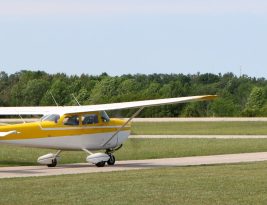How should you react to the unexpected? How should you ask for help? Today we’re talking about emergency radio procedures. This post comes from our textbook The Pilot’s Manual Volume 1: Flight School (PM-1).
Request assistance whenever you have any serious doubt regarding the safety of a flight. Transmission should be slow and
…

